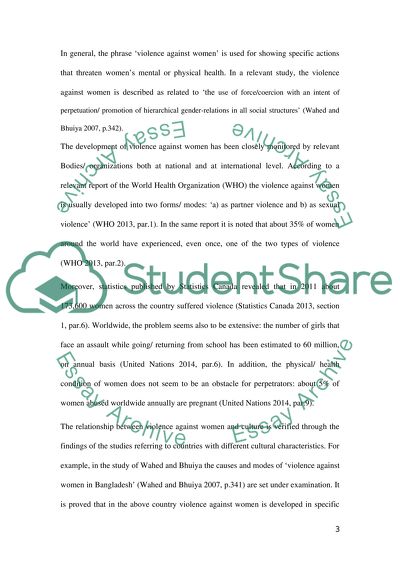Cite this document
(“Violence and conflict Essay Example | Topics and Well Written Essays - 2500 words”, n.d.)
Retrieved from https://studentshare.org/miscellaneous/1632358-violence-and-conflict
Retrieved from https://studentshare.org/miscellaneous/1632358-violence-and-conflict
(Violence and Conflict Essay Example | Topics and Well Written Essays - 2500 Words)
https://studentshare.org/miscellaneous/1632358-violence-and-conflict.
https://studentshare.org/miscellaneous/1632358-violence-and-conflict.
“Violence and Conflict Essay Example | Topics and Well Written Essays - 2500 Words”, n.d. https://studentshare.org/miscellaneous/1632358-violence-and-conflict.


